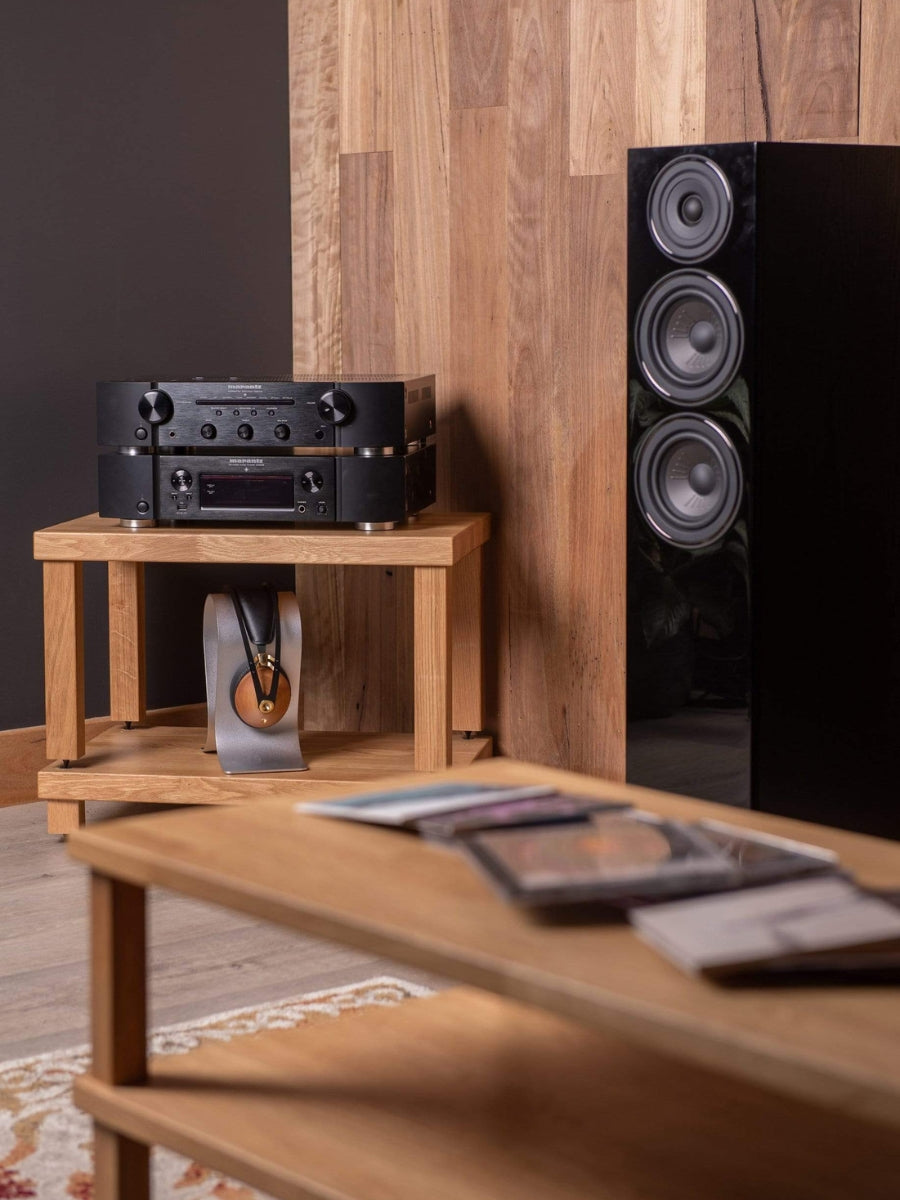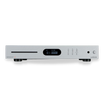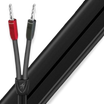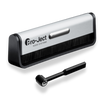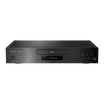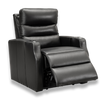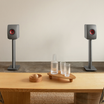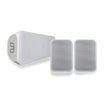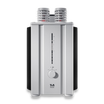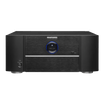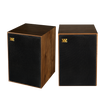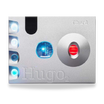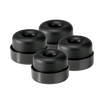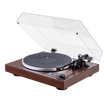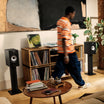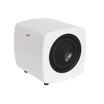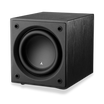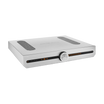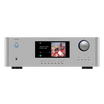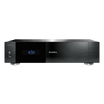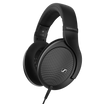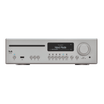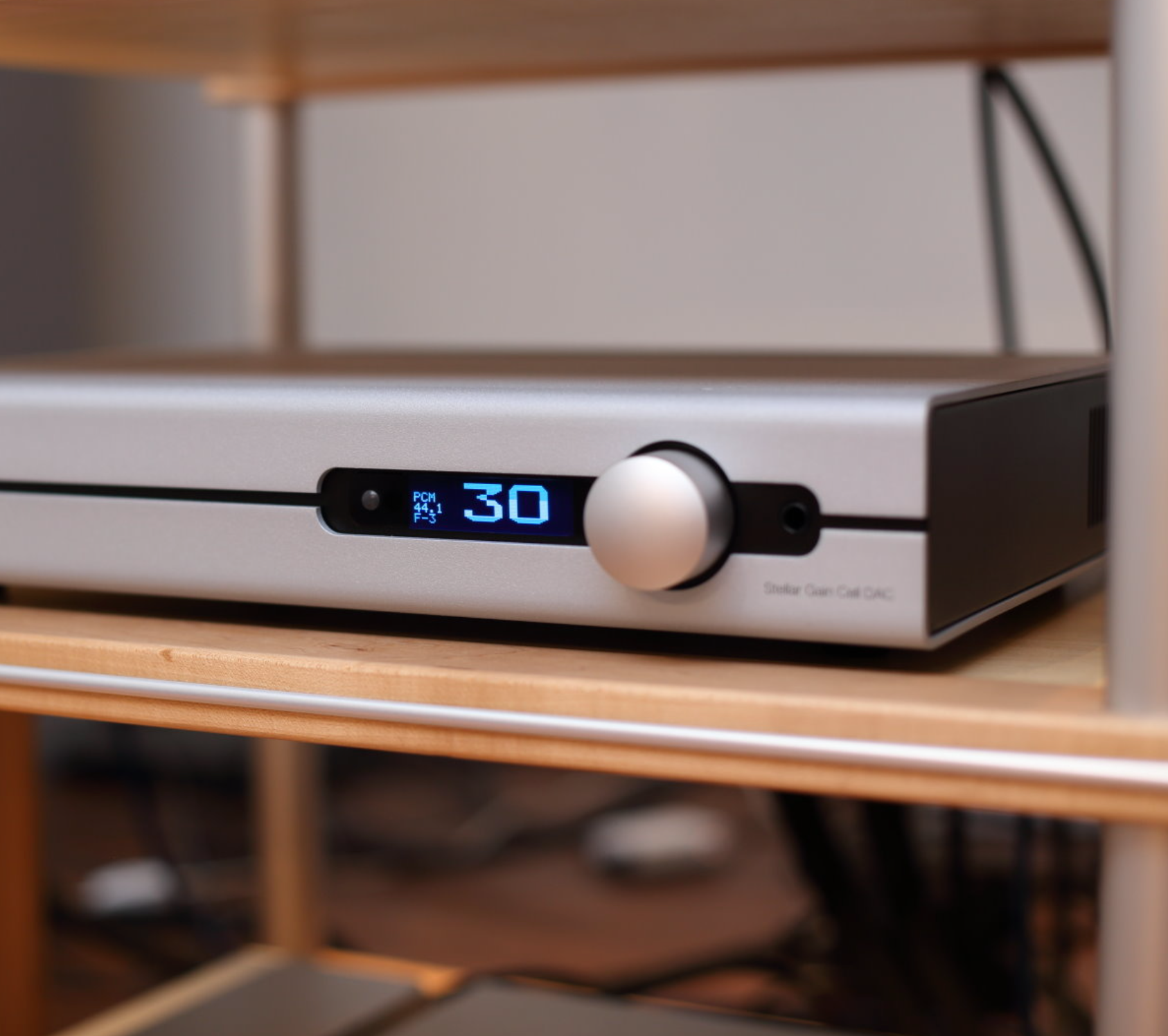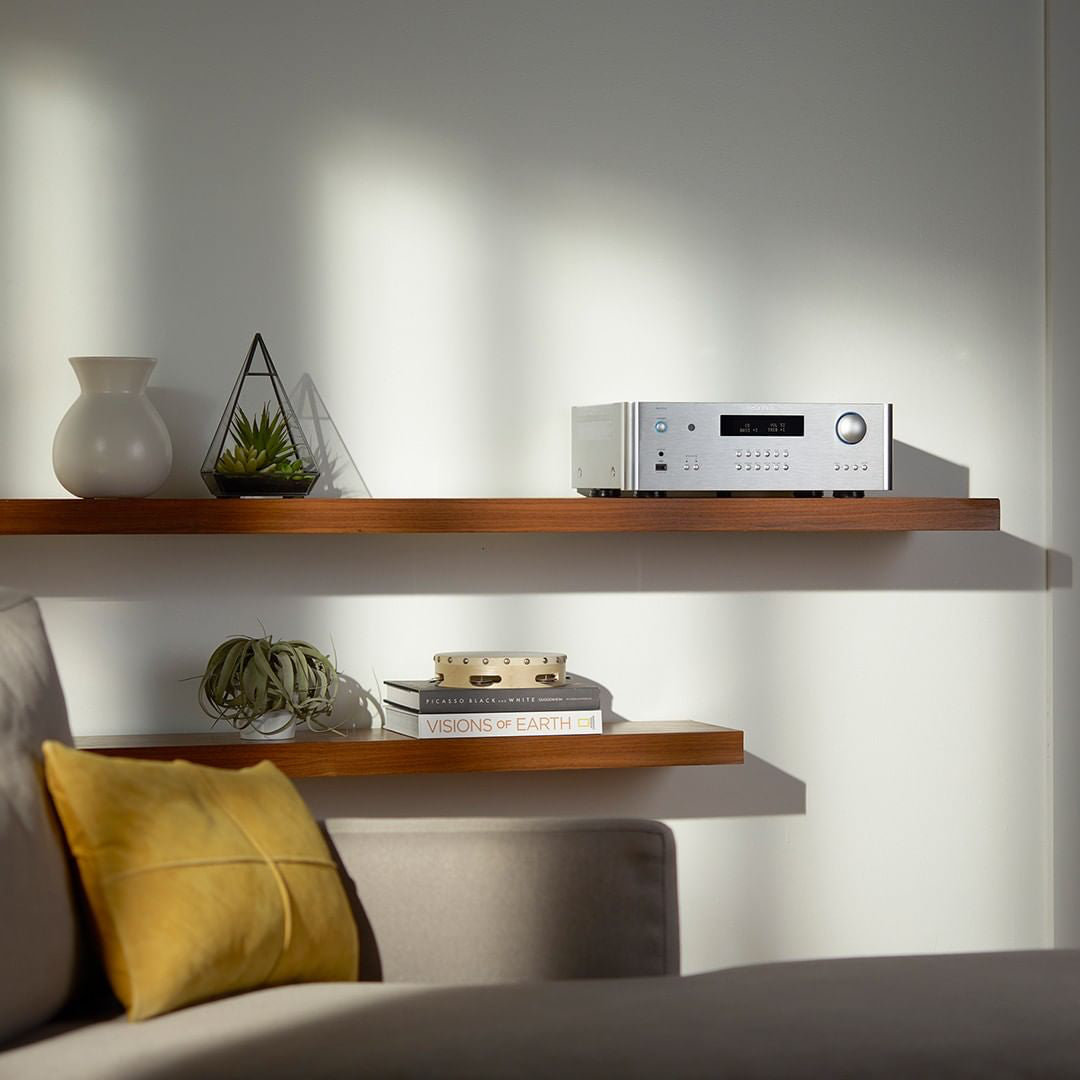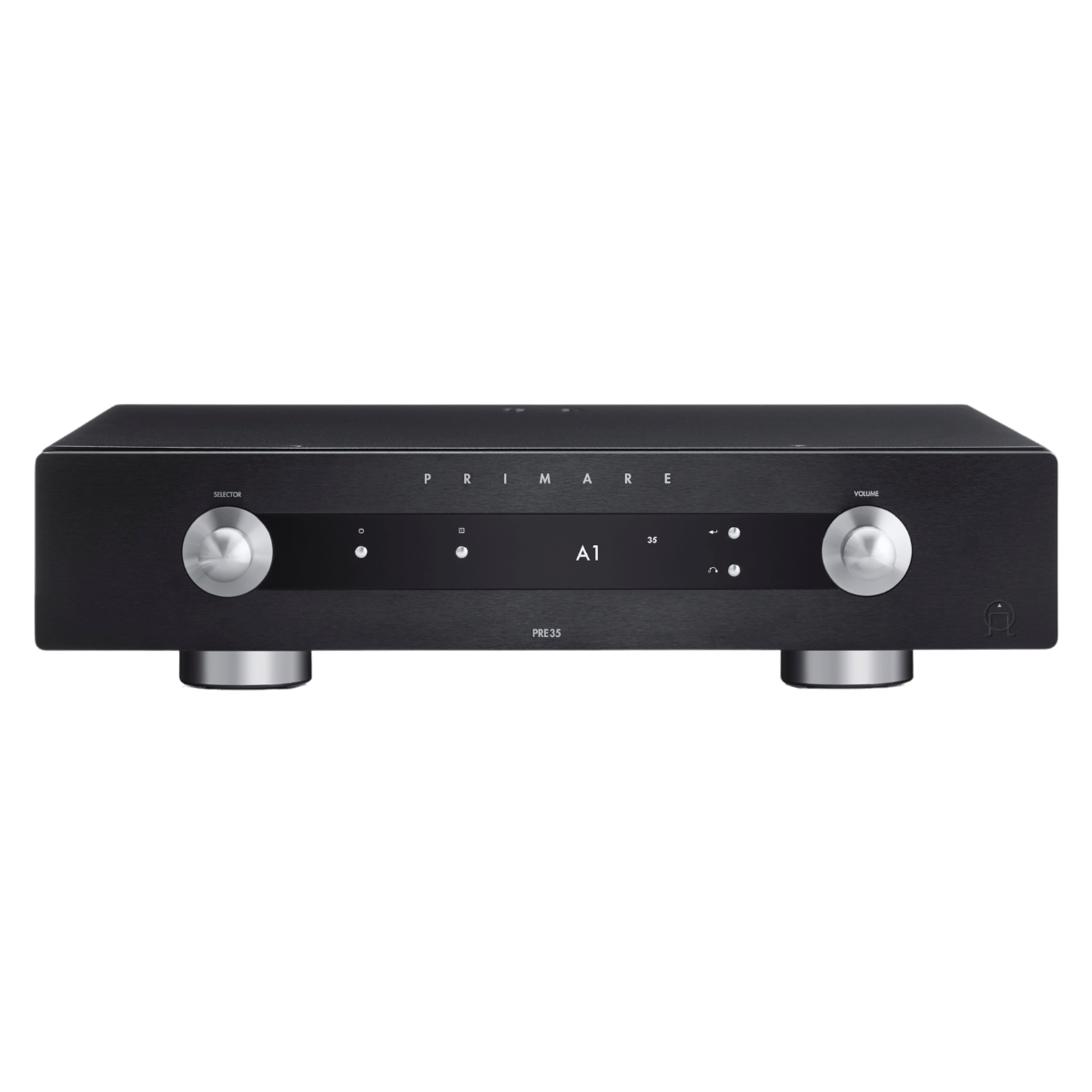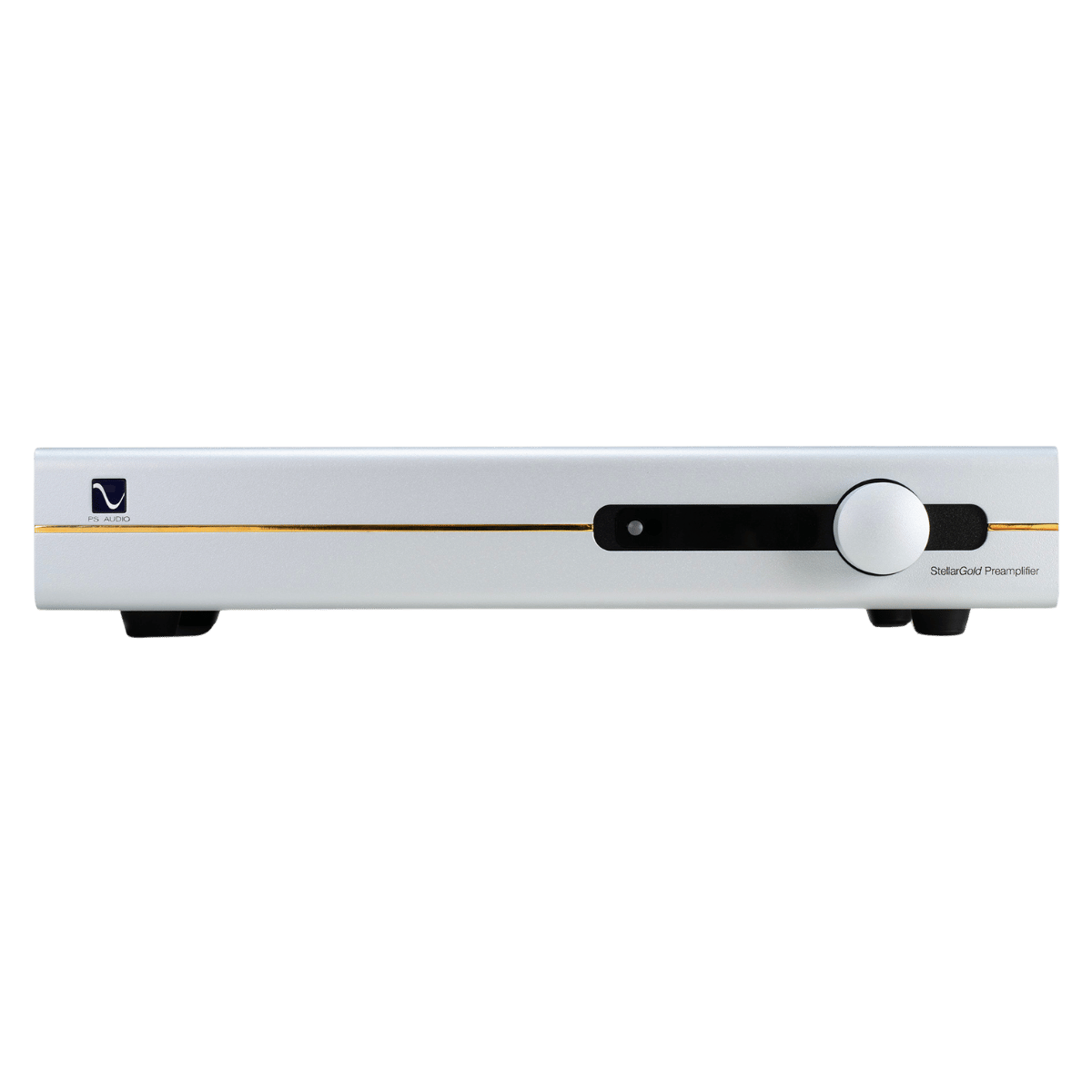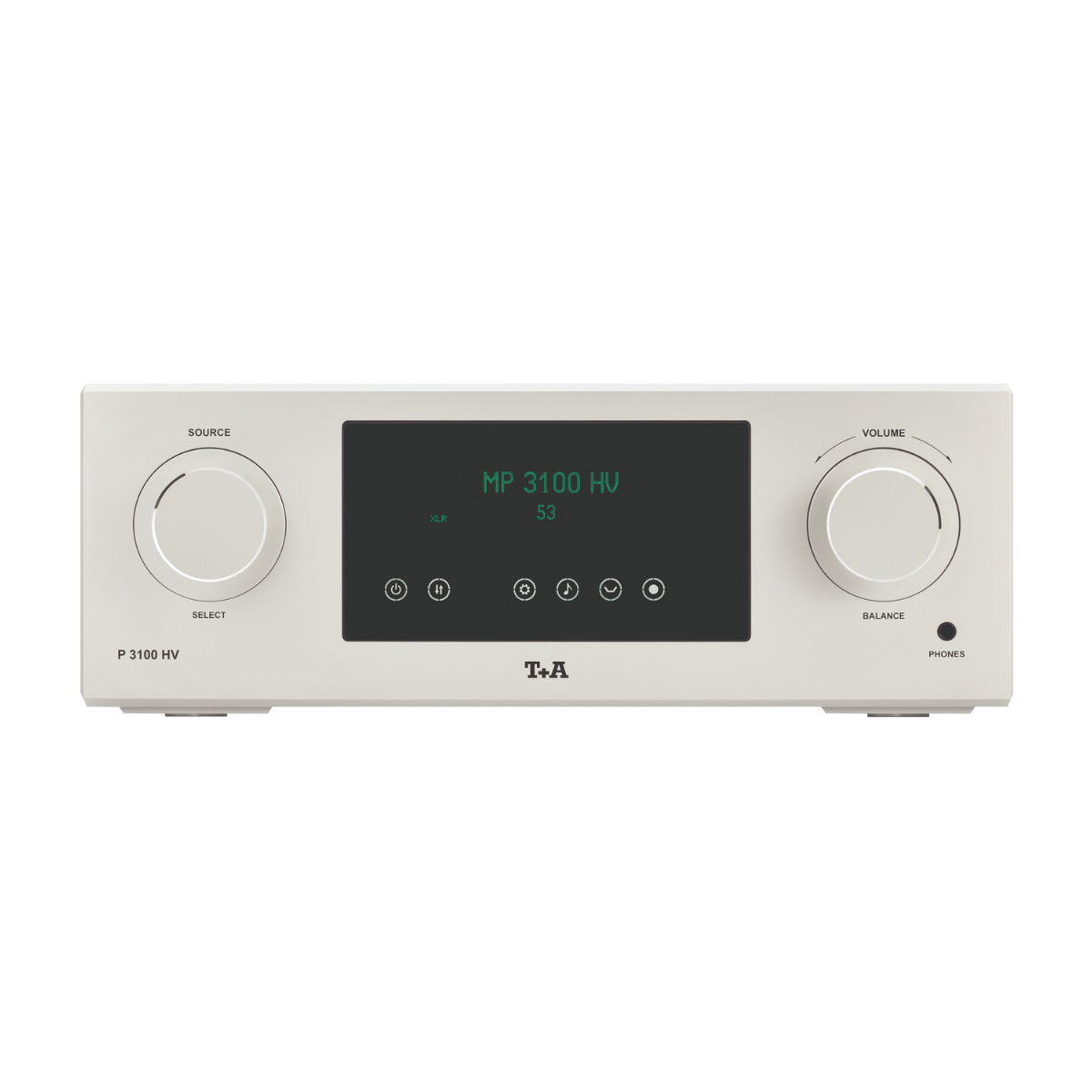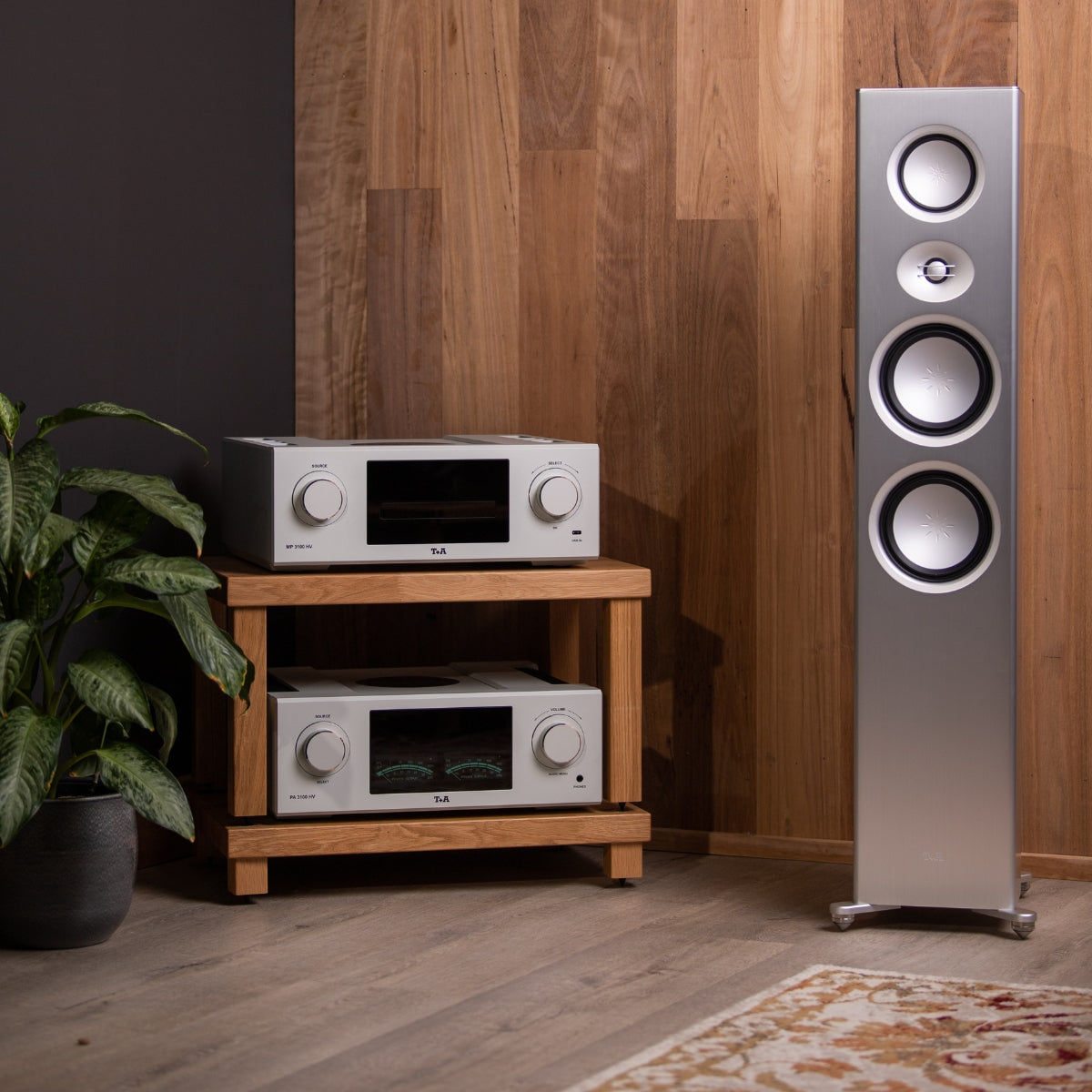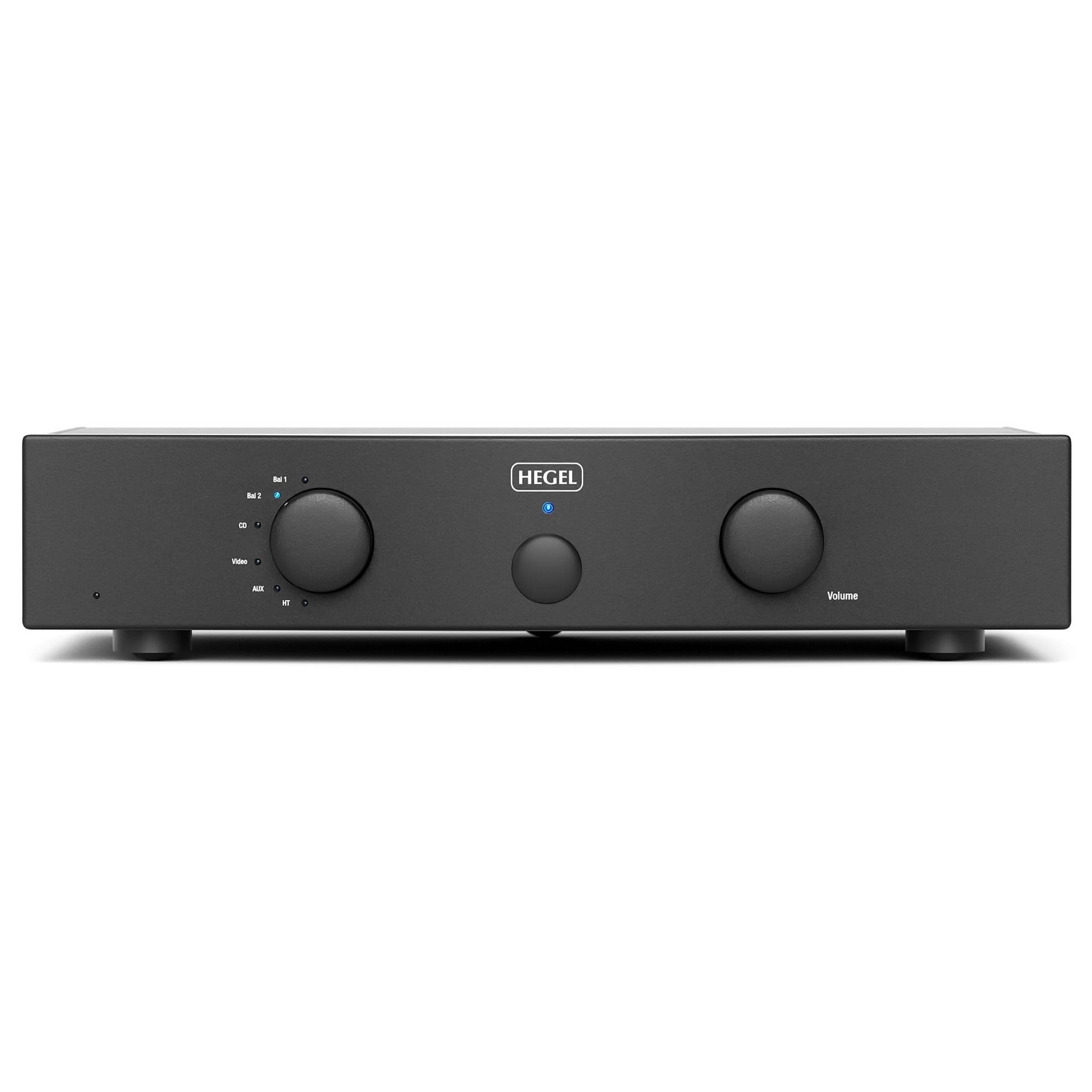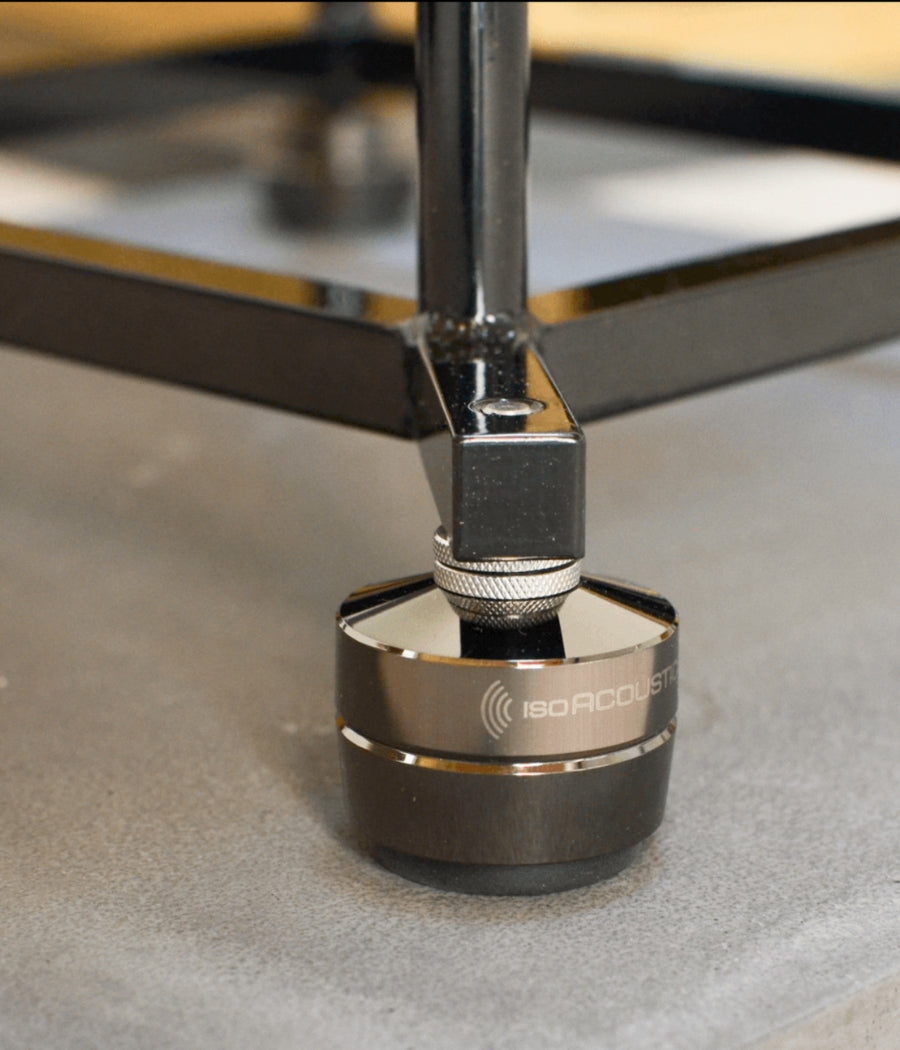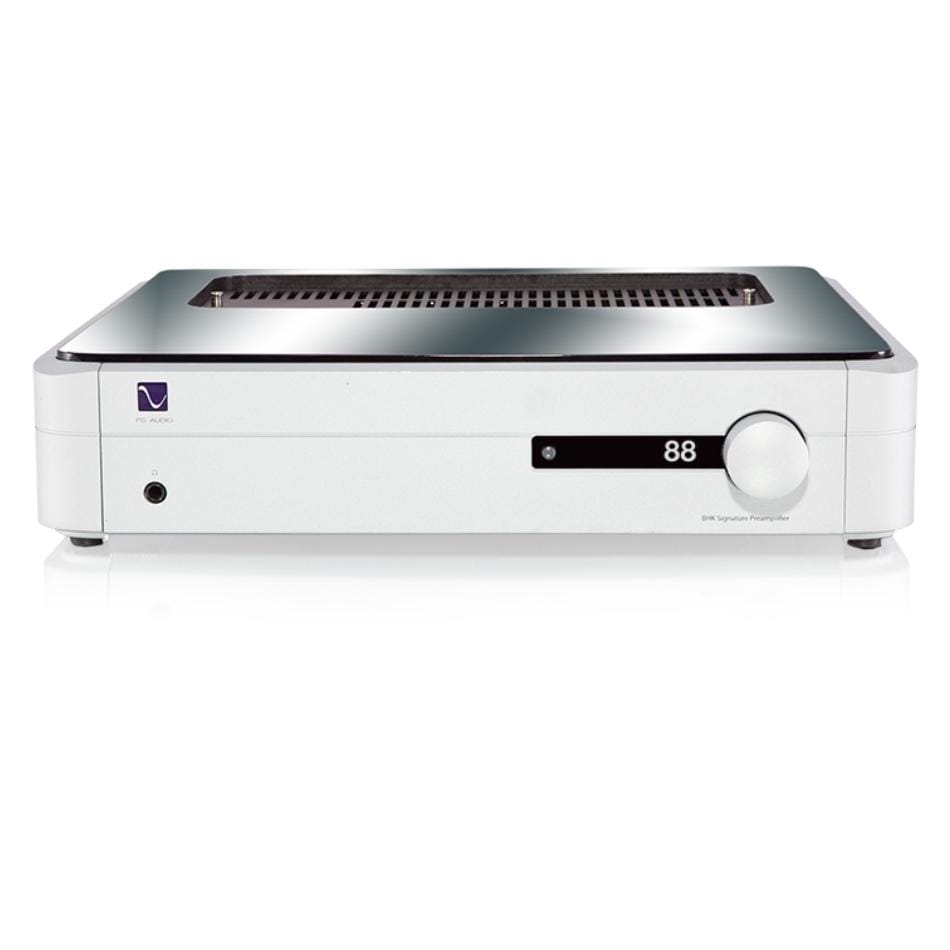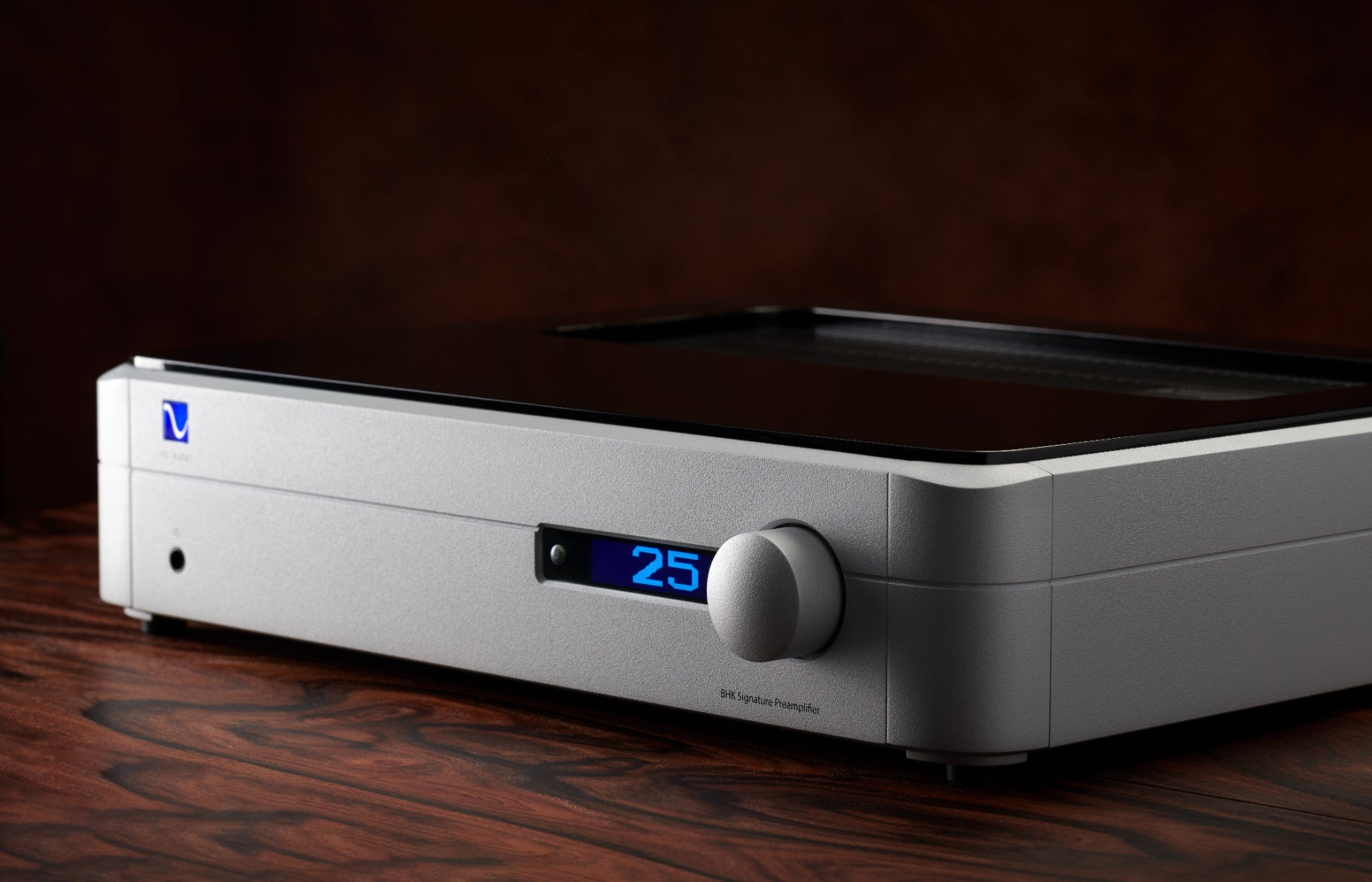
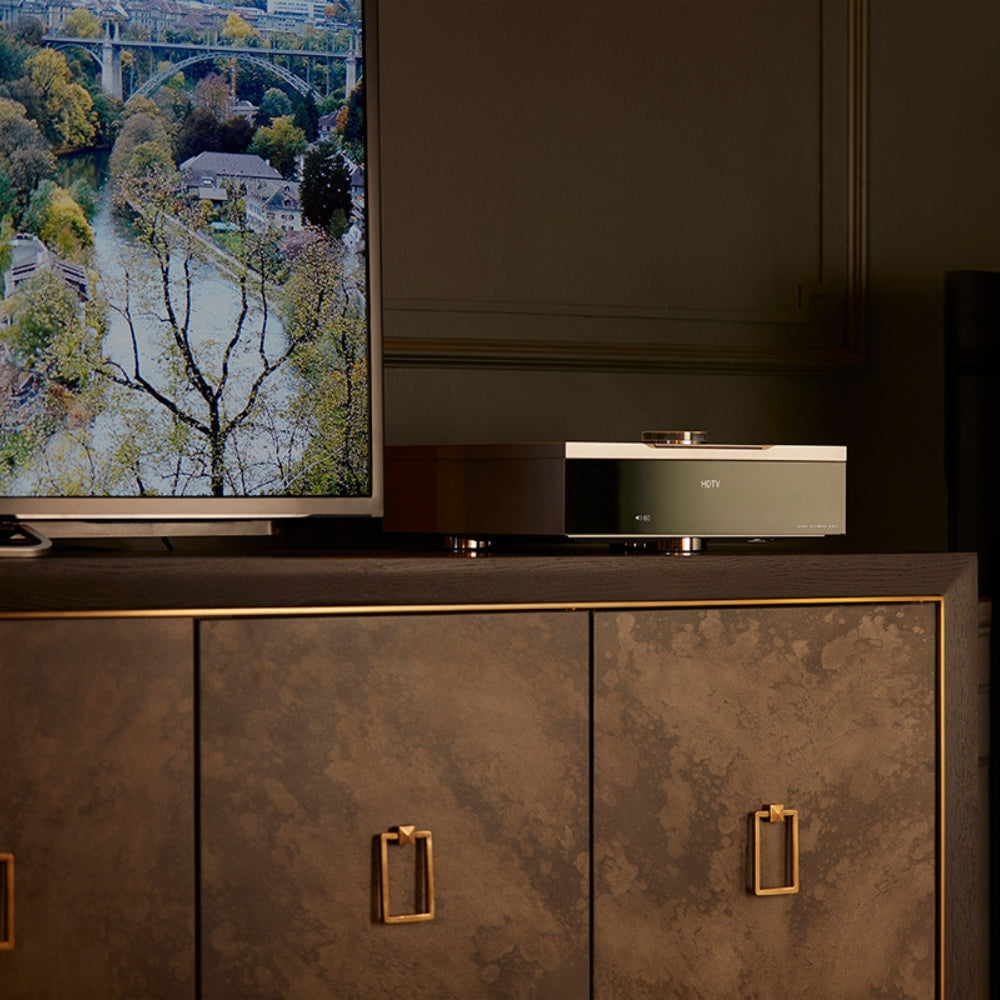
Stereo Preamplifiers
Filters
25 products
TELL ME MORE ABOUT
Stereo Preamplifiers
Pre-amplifiers act as the critical bridge between your audio source and amplifier, meticulously refining the signal to deliver a pristine audio experience that captures every detail and nuance of the... Read More
Pre-amplifiers act as the critical bridge between your audio source and amplifier, meticulously refining the signal to deliver a pristine audio experience that captures every detail and nuance of the music.
Whether you're an avid vinyl collector, a digital music aficionado, or somewhere in between, our selection features a range of pre-amplifiers that promise to enhance the warmth, dynamics, and overall presence of your audio setup. Each model in our collection is chosen for its exceptional performance, build quality, and ability to seamlessly integrate with a variety of audio systems, ensuring that your listening experience is nothing short of extraordinary.
What Is A Stereo Pre-Amp?
A stereo pre-amplifier, often referred to as a pre-amp, is an essential component in many high-fidelity audio systems, serving a pivotal role in the music playback process. It functions as the control centre for your audio setup, allowing you to select between different audio sources (such as turntables, CD players, or streaming devices) and adjust volume levels before the signal is sent to the power amplifier.
Unlike a power amplifier, which boosts the signal to a level that can drive speakers, a pre-amp fine-tunes the audio signal at a much lower level. This fine-tuning includes not only volume adjustments but also tonal balance, ensuring that the signal maintains its integrity and quality, free from noise or distortion.
Stereo pre-amplifiers are distinguished by their ability to preserve the audio signal's purity while providing the user with control over the sound output. High-quality pre-amps enhance the audio signal's clarity, detail, and texture, offering a more immersive and nuanced listening experience. They often come equipped with a variety of inputs to accommodate multiple audio sources and may include additional features like phono inputs for turntables, digital inputs for modern sources, and even built-in digital-to-analog converters (DACs) for superior sound quality.
For audiophiles looking to extract the best possible performance from their music collection, investing in a dedicated stereo pre-amp can be a crucial step.
How To Select The Best Stereo Pre-Amp For Your Needs:
Selecting the best stereo pre-amplifier for your needs involves a thoughtful consideration of several key factors that can significantly impact your audio experience.
Begin by assessing the primary components of your current audio setup, including your source devices, amplifier, and speakers, to ensure compatibility and to identify what you're looking to improve in your sound system. Consider the types of inputs you require; for instance, if you have multiple analog sources, such as a turntable or a vintage tape deck, ensure the pre-amp offers sufficient analog inputs. For digital enthusiasts, look for a pre-amp with built-in digital-to-analog conversion (DAC) capabilities and digital inputs to accommodate CDs, streaming devices, or digital files.
Additionally, think about the specific features that matter most to you, such as tone control, which allows you to adjust bass and treble to your liking, or a phono stage for directly connecting a turntable. The quality of the internal components, such as the power supply and signal path, can greatly affect the sound quality, so consider pre-amps known for their high-quality construction and low noise levels.
Lastly, factor in your budget and future expansion plans. High-end pre-amps can be a significant investment but offer superior sound quality and flexibility. However, there are also many affordable options that provide excellent performance and value.
If you have any questions or queries at all when it comes to selecting a pre-amp, our Hi-Fi experts are here to guide you and are only a phone call or email away!
Final Thoughts
The journey to finding the perfect stereo pre-amplifier is a blend of technical compatibility, personal audio preferences, and an appreciation for the nuances of sound.
A well-chosen pre-amp can transform your listening experience, bringing forward the richness, clarity, and depth of your music collection. Whether your audio journey is just beginning or you're an experienced audiophile looking to refine your setup, the right pre-amp serves as the cornerstone of a high-fidelity sound system.
Remember, the ultimate goal is to achieve a harmonious balance between your components, creating a setup that resonates with your personal taste and enhances every listening session.
Some Quick FAQ:
What is the difference between a preamplifier and a power amplifier?
A preamplifier processes and prepares audio signals for amplification, while a power amplifier is responsible for boosting the strength of these signals to drive speakers or headphones.
What is a phono preamplifier?
A phono preamplifier, also known as a phono stage, is specifically designed to amplify the low-level signal produced by a turntable's cartridge to a line-level signal suitable for amplification.
What is a DAC in the context of audio equipment?
DAC stands for Digital-to-Analog Converter, a device that converts digital audio signals into analog signals for playback through speakers or headphones.
How does a tube preamplifier differ from solid-state preamplifiers?
Very generally speaking - tube preamplifiers utilize vacuum tubes in their circuitry, which are known for producing warm and natural sound characteristics, whereas solid-state preamplifiers use transistor technology for a more accurate and precise sound reproduction.
NEED MORE GUIDANCE?
We are here to help
Check out some of our most commonly asked questions.
What do I need to play records?
Getting into vinyl? That’s awesome! We have some curated turntable Hi-Fi packs, with everything you'll need to get spinning right away. But if you want to build your own, read on for all the details.
First off, you'll need a turntable. It's the star of the show, so make sure it’s in good nick, with a decent cartridge and stylus (needle).
Next, there’s the phono preamp. Some turntables or amplifiers come with one built-in, but if yours doesn’t, you’ll need one as a bridge between your turntable and amplifier or powered speakers.
For the sound output, you’ve got two options. You can go with a traditional setup involving an integrated amplifier to take the signal from your phono preamp and power your passive speakers. Alternatively, you can opt for powered speakers, which have the amplifier built in – a handy all-in-one solution.
Speaking of speakers, good ones are a must for that rich, warm vinyl sound we all love. Whether you go for bookshelf or floorstanding speakers (or powered ones) depends on your space and budget.
And there you go! With these essentials, you’ll be ready to dive into your vinyl collection and enjoy that classic sound.
What can a wireless speaker do?
Wireless speakers are a game-changer for how you enjoy music and audio around the house. First off, they let you stream music wirelessly from your phone, tablet, or computer, so no more messing about with cables. You can easily play tunes from Spotify, Apple Music, Tidal or whatever streaming service you fancy.
If you’re into having music everywhere, many wireless speakers offer multi-room audio. You can sync them up to play the same music in every room or control what plays in each room individually, perfect for parties or just keeping the vibes consistent throughout your home.
Voice control is another brilliant feature. Many come with built-in assistants like Alexa, Google Assistant, or Siri. You can control your music with just your voice, ask for the weather, set reminders, or even control other smart home devices.
Sound quality? These little gadgets often pack a punch, delivering high-quality audio that can rival traditional wired setups. Some even offer 360-degree sound, filling the room with music from every angle.
In a nutshell, wireless speakers bring flexibility, convenience, and top-notch sound to your audio experience, making them a fantastic addition to any home. Whether you’re hosting a party, working from home, or just chilling out, they make listening to music a breeze.
How do you choose the right speaker & amplifier combination?
Deciding on a good speaker and amplifier combination is like putting together a perfect wine and cheese pairing—it’s all about balance and harmony. Here’s a conversational guide to help you through it:
First, consider your speakers. These are your main players, so you want to choose ones that fit your space and listening preferences. If you love deep bass and have a bit of room, floorstanding speakers might be your go-to. For smaller spaces or a more subtle look, bookshelf speakers are fantastic.
Now, onto the amplifier. This is where things get interesting. Your amp needs to match your speakers in terms of power and impedance. Check the wattage ratings on your speakers—your amplifier should provide enough power to drive them properly. Too little power and you’ll be missing out on sound quality; too much, and you risk damaging your speakers.
Next, think about the impedance (measured in ohms). Your amp and speakers should be compatible here too. Most speakers are rated at 8 ohms, but some can be 4 or 6. Make sure your amplifier can handle the impedance of your speakers to avoid any performance issues.
Another important factor is the type of sound you’re after. Some amps are known for their warm, rich tones, while others might be more neutral or even slightly bright. It’s a bit like choosing between a vinyl record and a digital stream or CD —each has its own charm. If possible, listen to different amp and speaker combinations to see what sounds best to your ears.
If purchasing online, note that at LE, we have made recommendations on speaker & amplifier combinations that we think sound wonderful together within each product listing.
Don’t forget about connectivity and features. Modern amplifiers often come with a host of options like Bluetooth, Wi-Fi streaming, and various inputs for all your devices. Make sure your amp has the inputs you need for your turntable, CD player, or streaming device.
Finally, consider your budget. Great sound doesn’t always mean breaking the bank, but be prepared to invest to get a quality setup that will last.
In the end, trust your ears. Listen to a few combinations if you can, and go with what makes your music sound the best to you.
Why do I need a headphone amplifier?
If you’re diving into the world of high-quality audio, a headphone amplifier can be a real game-changer. Think of it like this: most standard devices, like your smartphone or laptop, just don’t have the oomph needed to drive headphones properly. They might get the job done, but they won’t do your music justice. A headphone amp gives your headphones the power they need, ensuring you get the volume and clarity that really makes your music shine.
It’s not just about making things louder, either. A good headphone amp can significantly improve sound quality. You’ll get clearer highs, richer mids, and tighter bass, making your favourite tracks sound even better. You might notice details you’ve never heard before, especially if you’re listening to high-resolution audio files.
Premium headphones often have higher impedance, meaning they require more power than your typical audio source can provide. A headphone amp can handle this with ease, making sure your headphones perform at their absolute best. Plus, many amps come with extra features like bass boost, equalisation, and gain control, giving you more ways to tweak the sound to your liking.
In short, if you’re passionate about your music and want to hear it in the best possible way, a headphone amplifier is definitely worth considering. It’s all about unlocking the full potential of your gear and really getting the most out of your listening experience.
Where should I start when designing a home cinema?
Designing your own home cinema? That's awesome! We are here to help walk you through the process, but as a starting point, here’s what we would recommend and where to kick things off:
First up, pick your spot. For most people this is your existing lounge room, but if you have an underused garage, or spare bedroom, then you have an opportunity to create your very own true Home Cinema experience. Find a room that’s just right—not too cramped and ideally away from noisy areas. This sets the stage for that immersive movie experience.
Next, think about how you’ll set things up. Plan where your seats will go and where to place your projector screen for the best view from every angle. It’s all about creating that comfy, cinematic vibe.
Sound matters, too. Consider if you want a wireless system for simplicity or a full surround sound speaker system with AV receiver for that surround-sound thrill. Think about soundproofing or adding acoustic panels or thick carpets to really amp up the audio quality of the room.
Now, onto the screen. Decide between a crisp TV or a projector setup, depending on your room size and personal style. Maybe even throw in some dimmable lights or smart lighting to set the mood just right.
And hey, don’t forget comfort. Invest in plush cinema seating and think about the décor—whether it’s movie posters, blackout curtains, or popcorn machine & bar area, whatever gives you that true cinema feel.
Lastly, tech it up! Make sure everything—from your Blu-Ray player & Apple TV to your gaming consoles—is set to sync perfectly with your new setup.
With these steps, you’re on your way to creating a home cinema that’s not just a space, but an experience. Enjoy movie nights like never before!


